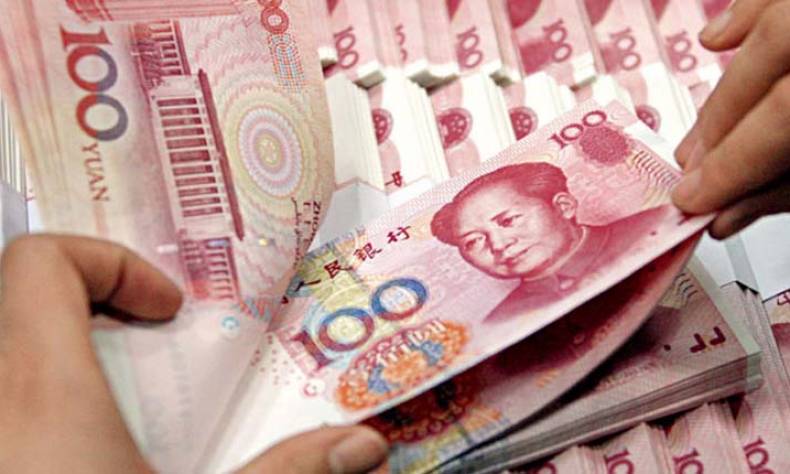
A Good Start: China’s RMB Joins the SDR
On November 30th, the IMF board’s decision declared that China’s currency, the RMB, would be incorporated into the SDR. China’s hopes of seeing the RMB become part of the global reserve currency has been partially fulfilled. SDR is, by definition, a book asset that can be used by the members of the IMF for debt repayment and for narrowing the gap of international payments imbalance.
China’s financial authority, the People’s Bank of China (PBC) reaction towards IMF’s decision appeared positive, considering that the decision was a recognition for China’s social and economic progress and was conducive for RMB internationalization.
Well, China has reasons to be cheerful. On one hand, one of the ways of deciphering whether a currency should be incorporated into the SDR is through assessing the issuer’s world trade share. China is a massive market for global investors, and the trade with China is both significant for the country itself as well as the rest of the world. On the other hand, with the China’s economic power growing, the RMB has been widely used for regional and global economic and financial interactions.
However, it is inappropriate to be overoptimistic. The role of a currency played in the world finance is essentially dependent on its competitive power. China is now facing an economic downturn and capital outflow that brings depreciation pressure on RMB’s value. The SDR is an accounting creation only for dealing with financial issues amongst the members of the IMF, and only a very few of the commercial banks take the SDR as the major foreign currency reserve (the latest data from Financial Times Chinese edition indicates that the share of SDR is less than 2.9% in global foreign currency reserve). More importantly, there is still a long way to go for the RMB to be an international currency. An international currency allows the holders to freely exchange it at a market price without being confined by government regulation. Fearing the consequence of financial turbulence, China’s authority keeps vigilance against the free flow of capital in and out of its boundary and set up strict regulations on overseas investments by directly using a foreign currency. It is, however, premature for China’s government to cast off those regulations immediately because, from historic experience , a free exchange rate system is not always a good term of a developing country .
All in all, it is still a good thing to see that the RMB becoming an integral part of the
SDR. China’s government has always wished for its currency to be international and hopes this process should be gradual, rather that radical. An international RMB is a major factor contributing to China’s financial system reforming, which seeks to become a more open, consummate and international financial system that benefits the investors either domestic or overseas. Undoubtedly, the SDR helps to strengthen this gradual process. China always claims that it respects and abides with the status quo of the international system rather than challenges it. The global society is glad to see that China, ‘as a responsible great power’, integrates itself closely into the global system and the SDR is a good example.
 Facebook
Facebook
 Twitter
Twitter
 Linkedin
Linkedin
 Google +
Google +










do not think RMB would be global
Its purely symbolic. Reminbi, Reminbi, spend that red money.
That’s like so two days ago.